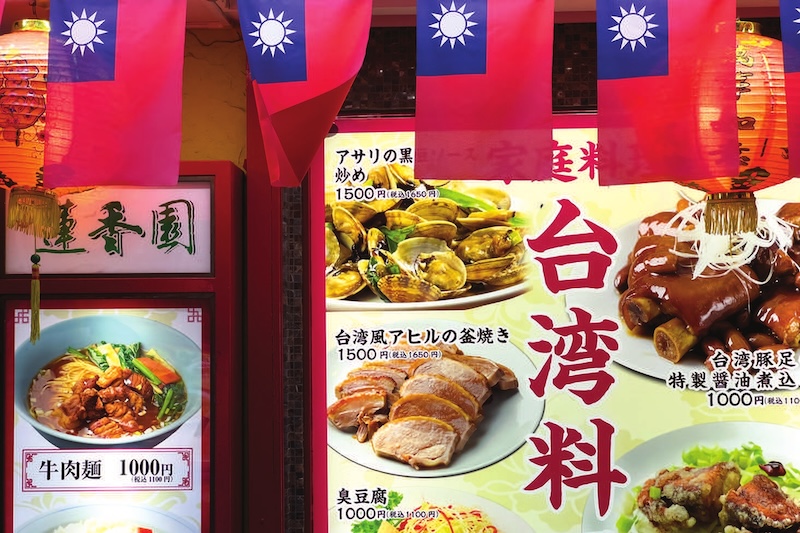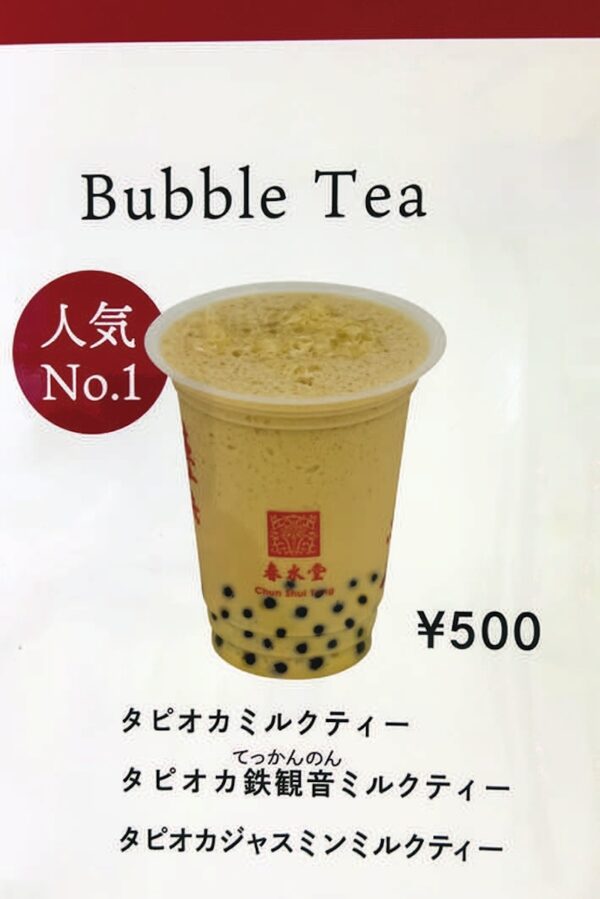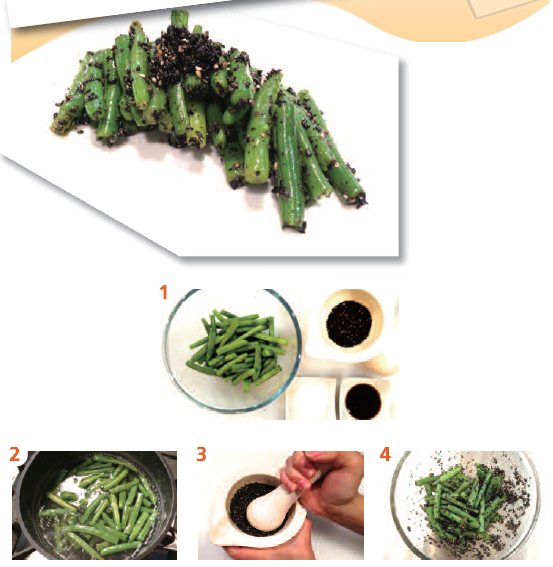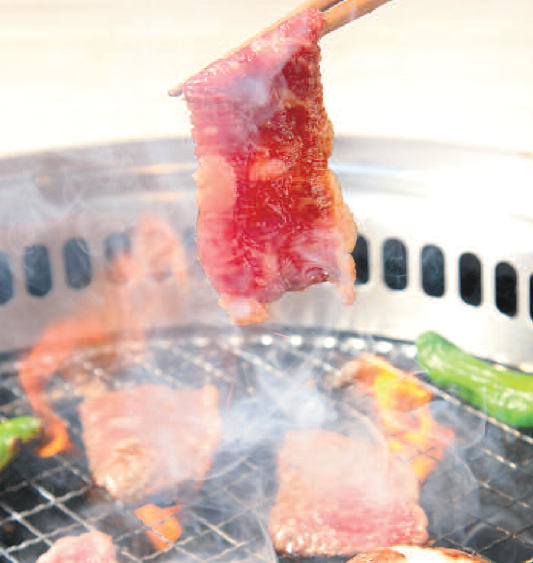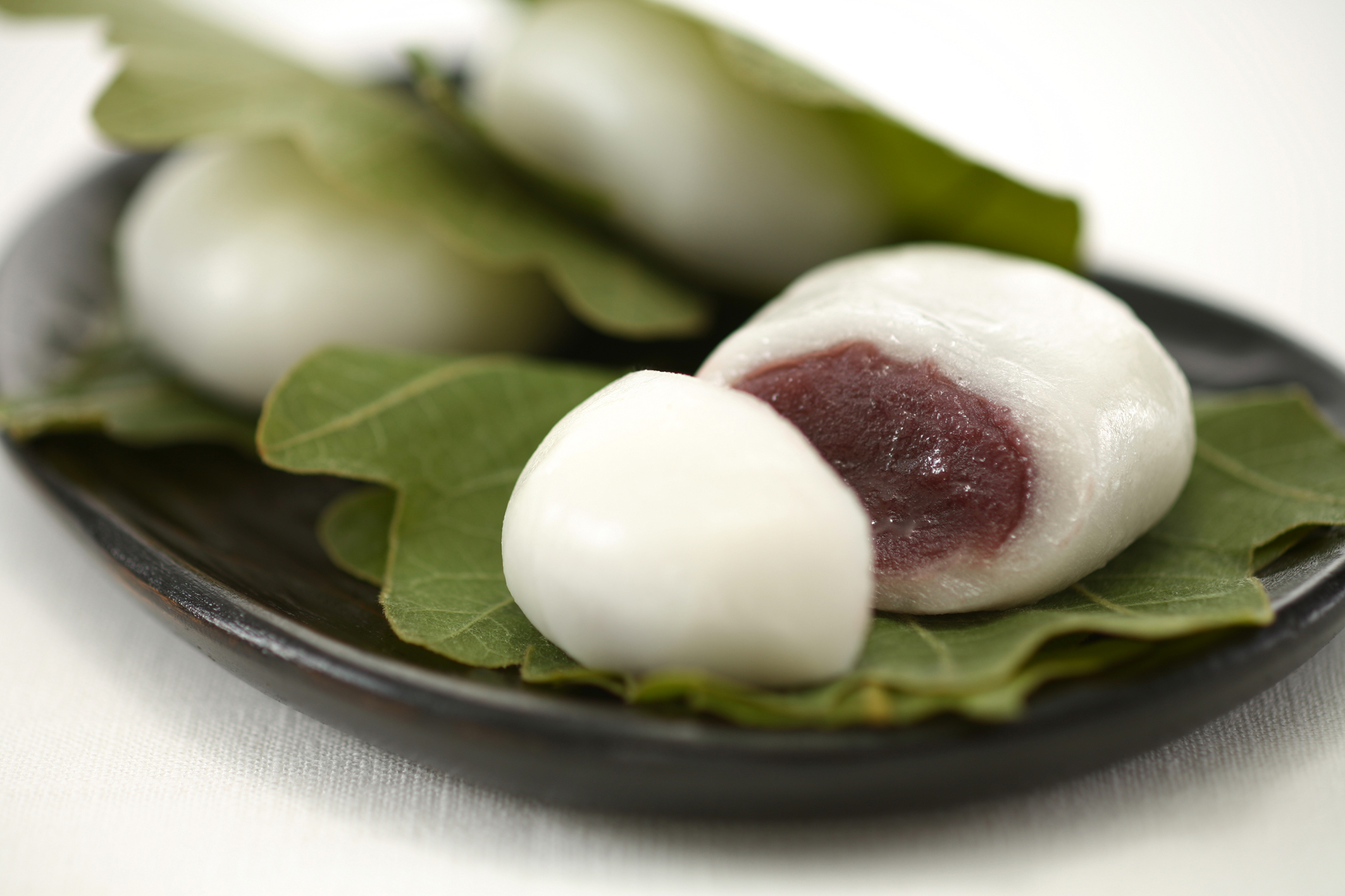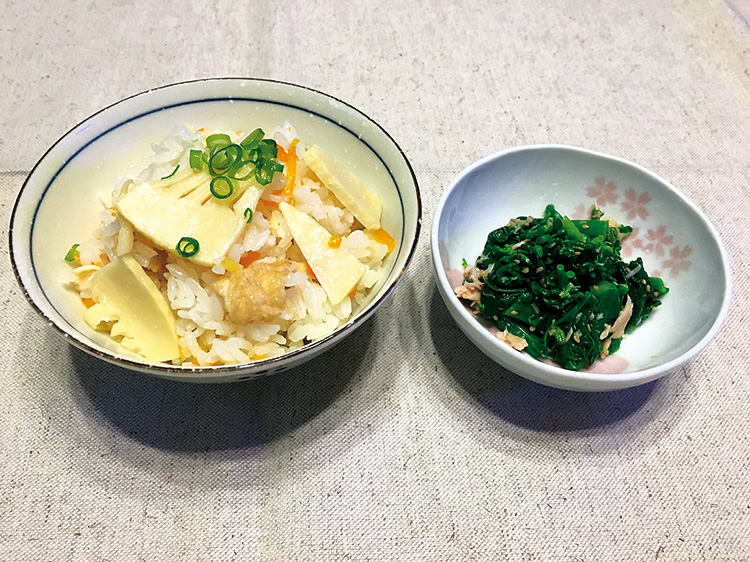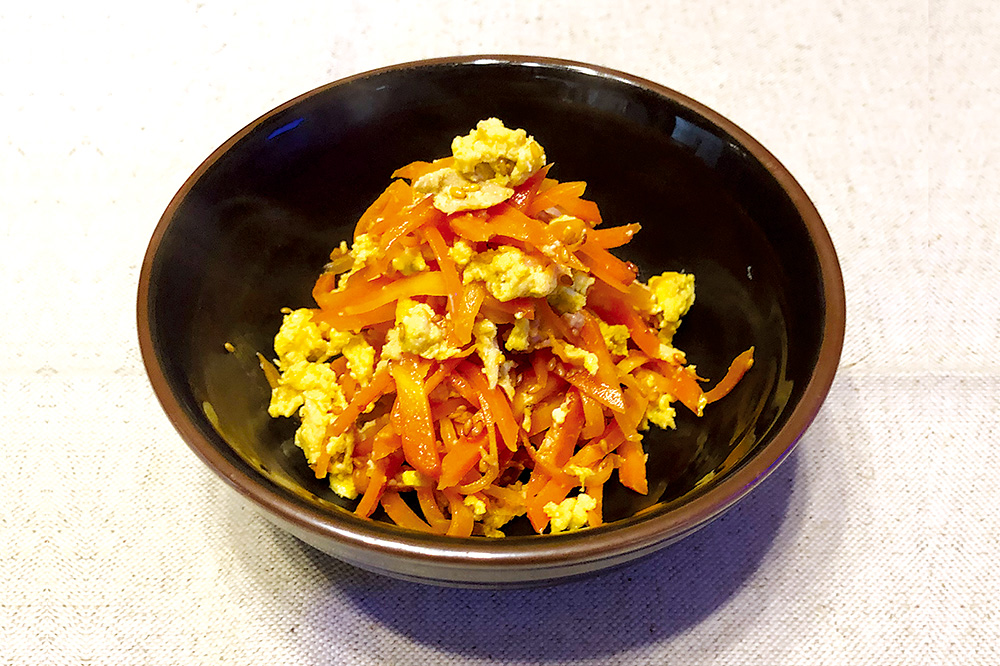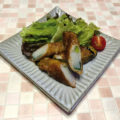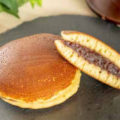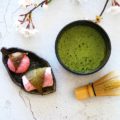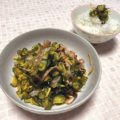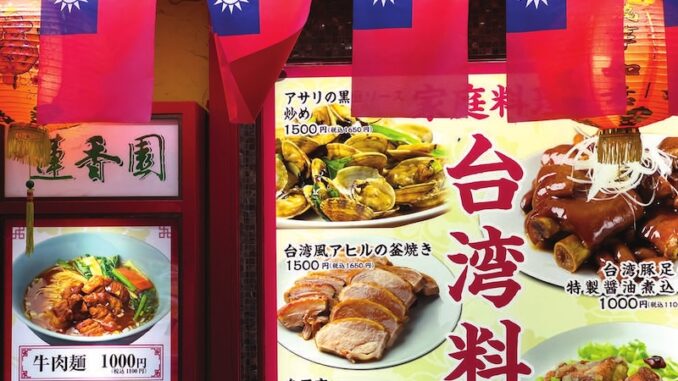
As often happens, the Japanese express their curiosity toward foreign cultures through cuisine.
In recent years, Japanese foodies have increasingly fallen in love with Taiwanese cuisine. Let’s see how Taiwanese dishes have managed to crack Japan’s notoriously competitive restaurant market.
The Taiwanese food boom dates back to 2018 when bubble tea (thé aux perles) became the latest fad to take Japan by storm. The exotic combination of fragrant Assam black tea, rich milk, and chewy tapioca pearls (also called boba) proved a big winner as long queues soon formed in front of the many specialty stores that opened everywhere. The popular Kazunoko THE ALLEY chain, for instance, opened its first Omotesando store in central Tokyo in August 2017 and now has 27 branches across Japan where you can choose between iced, mild hot, and hot tea.
When considering bubble tea’s big breakthrough, we can’t overlook the role played by social media, especially Instagram, in its success. Indeed, drinks with big black tapioca pearls are eminently Instagrammable. Low-cost carriers have also made it possible to travel to Taiwan more cheaply and easily than domestically, and it has become fashionable to post a photo of yourself drinking authentic bubble tea in an exotic locale.
In fact, tapioca experienced two small booms even before 2018. First, in the middle of the 1990s ethnic food boom, small tapioca pearls topped with coconut milk appeared on the menu at many Asian restaurants. Then, in the early 2000s, larger tapioca pearls were featured in the media. In 2015, Pokka Sapporo Food & Beverage released a PET bottle of Kaga-bo Hojicha, which became a big hit. Hojicha (charcoal-roasted green tea) drinks have been around since the 1990s, but Kaga Bo Hojicha, with its clear, mild taste and complex mixture of high floral aromatics proved especially popular with tea lovers. Soon after, such products as Hojicha Latte appeared at Starbucks and convenience stores.
Suddenly, to many Japanese, tea drinking went beyond the traditional green vs. English tea dichotomy. Now you can choose from a variety of base teas, such as Tieguanyin and jasmine tea, and add milk, syrup, tapioca, etc. to teas other than black tea.
Bubble tea has attracted huge crowds despite the fact that it is rather expensive. To be sure, 6-700 yen (even more for so-called craft tea) is a steep price to pay for a tea beverage. On the other hand, the generous amount of tapioca increases its value, satisfies your appetite and makes it look closer to a dessert.
Bubble tea has been followed by mango-heavy shaved ice, cheese tea, and other sweets. What all those things have in common is that they are a big hit with ladies – who, by the way, are also tireless Instagram users. Indeed, Japanese women are very open and curious when it comes to trying new dishes and are by far the main customers at the many branches of Chun Sui Tang (the birthplace of bubble tea) and Ice Monster (famous for its shaved ice) that have opened one after another around the country.
Taiwan, of course, is not only famous for its sweets, and its noodles, soups and meat-based dishes are slowly making inroads in the crowded Japanese market. For one thing, Taiwanese dishes are lightly seasoned compared to Chinese and Korean food and are said to be more palatable to Japanese people. They are also considered quite healthy.
Originally, a small number of indigenous people lived in Taiwan, but after the 17th century, people from China’s Fujian Province migrated there. As a result, Taiwan’s food culture developed independently, taking advantage of the local climate and ingredients. Another noteworthy point in Taiwan is the development of a food stall culture that is best exemplified by the ubiquitous and hugely popular night markets.
The Taiwanese version of onigiri (rice balls) is also attracting a lot of attention. The key point is that they are made with glutinous rice and are full of ingredients. In Taiwan, each store makes its own version, and fillings vary from pickles, omelets, and boiled eggs to braised pork and minced meat.
One of Taiwan’s signature dishes is beef noodles, also known as the island’s soul food. Its two main ingredients are a deep soup made from stewed beef, and wheat flour noodles similar to Japanese udon. A typical beef noodle dish also contains tomatoes, chili bean paste, star anise, and Sichuan peppercorns. They can even be made at home.
Sansho Kofuku, a chain of beef noodle specialty shops with about 150 stores in Taiwan, opened its first Japanese store in Akasaka in 2014. They offer both soy sauce-based red braised beef noodles and dashi-based clear braised beef noodles. In addition to alcohol such as Taiwanese beer, they also have a wide variety of snacks such as Taiwanese-style omelets and squid balls that you can find at night markets in Taipei and other Taiwanese cities.
Another mainstay of Taiwanese cuisine is medicinal salt beef noodles with beef broth and salt-based soup. The umami that spreads slowly on your tongue is addictive. The toppings are the same as the soy sauce-based soup: beef, bok choy (a type of Chinese cabbage), boiled eggs, and green onions.
Food analysts say that while Taiwanese cuisine tastes great and has a lot of potential, replicating bubble tea and shaved ice’s amazing success may be difficult. That’s because the Japanese are not used to some of the ingredients that feature prominently in those dishes.
For example, the red soup of beef noodles uses plenty of star anise in both the stewed meat and soup. Star anise is a traditional Chinese medicine that regulates the function of the stomach and intestines, and is an essential spice in Chinese cuisine. It is no exaggeration to say that if you were to compare Taiwan to a scent, it would be star anise. Just stroll around a Taiwanese city and you will feel the scent of star anise wafting from many restaurants. However, many Japanese people are not used to this strong aroma. Many also dislike the coriander used as a topping. This is likely a big reason why such dishes have not become more widespread in Japan.
Lu Rou Fan (braised pork rice bowl) is another excellent dish that so far has only had limited success in Japan. The reason is the same as with beef noodles. Not every Taiwanese flavor will be a hit. In order for Japanese people to become familiar with those dishes, it will probably be better to sell them at Taiwanese restaurants with a large menu rather than specialized restaurants.
Another way to open the local market to more exotic food is to do what the Japanese have done for ages; adapt foreign dishes to their own taste. A case in point is Taiwan-style maze soba (mixed noodles). Name aside, maze soba was actually created by chance in a Nagoya eatery in 2008. Regardless, this Taiwan-inspired soup-less ramen dish has quickly acquired a lot of fans.
Unlike traditional ramen, maze soba uses thick, chewy noodles that are mixed with ground pork and such toppings as green onions, garlic chives, minced garlic, and egg yolk. The rich, spicy mince combines with the flavors of chives and garlic and the mellow egg yolk to make a delicious dry noodle dish.
Jean Derome
To learn more on this topic, check out our other articles :
N°143 [FOCUS] The Curious Taiwanese Equation
N°143 [FOCUS] History : Could Do So Much Better
N°143 [TRAVEL] The ideal tourist is Taiwanese
Follow us !

